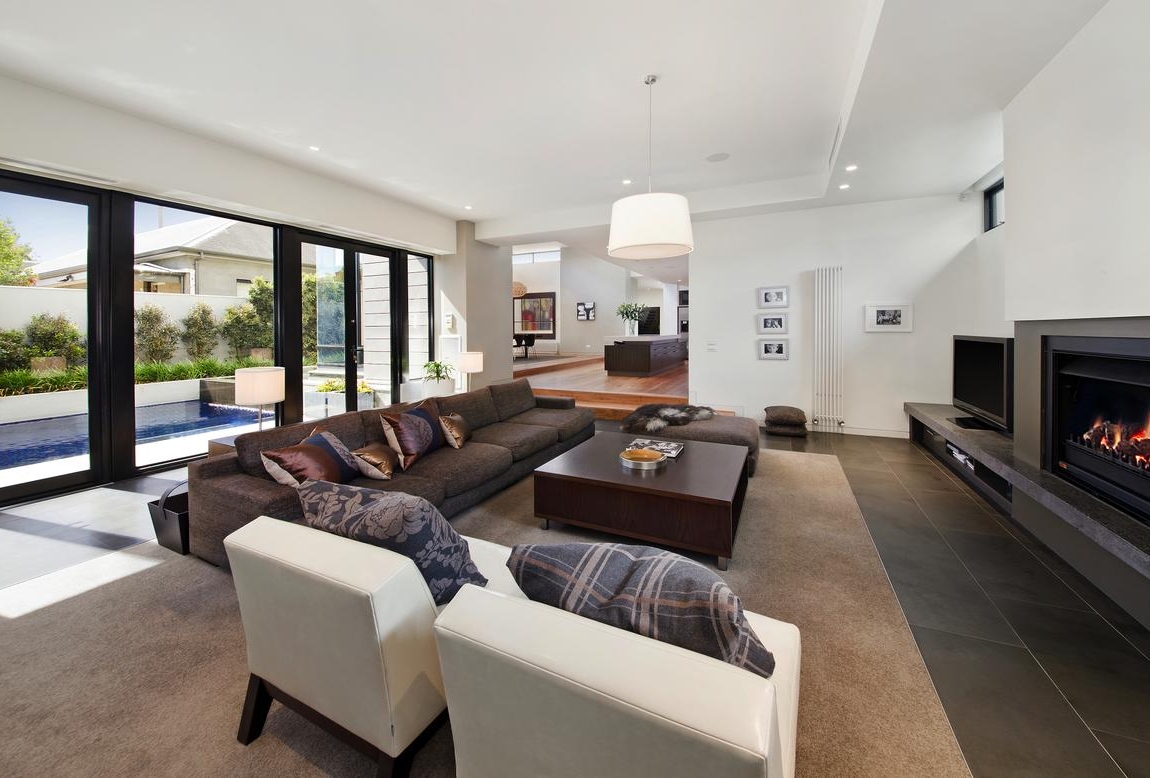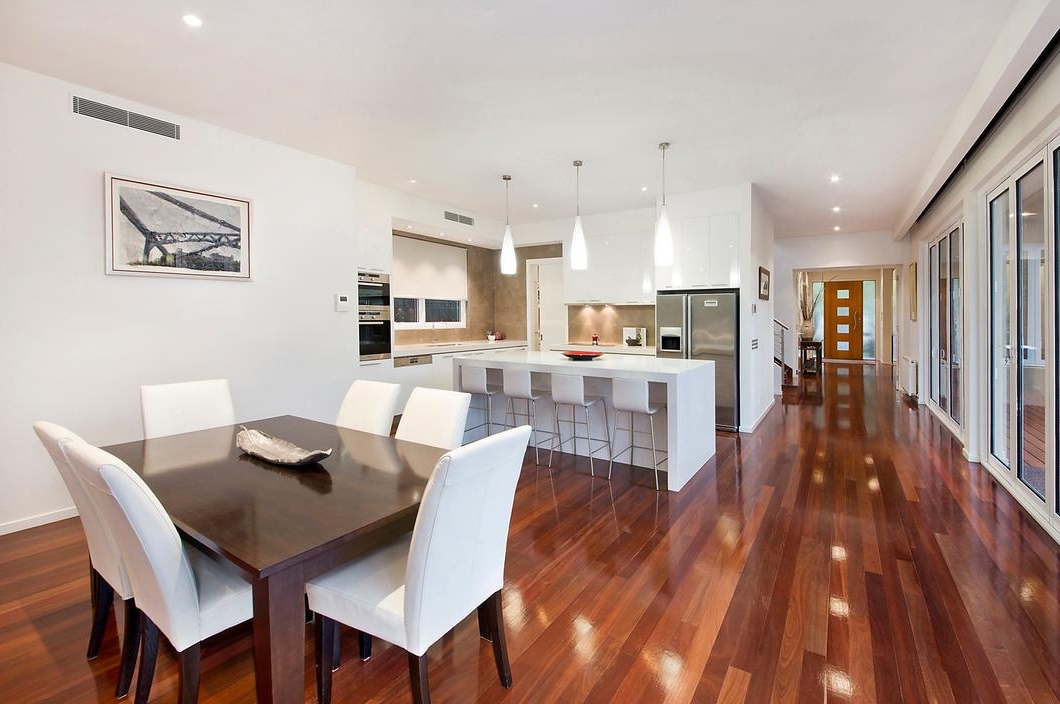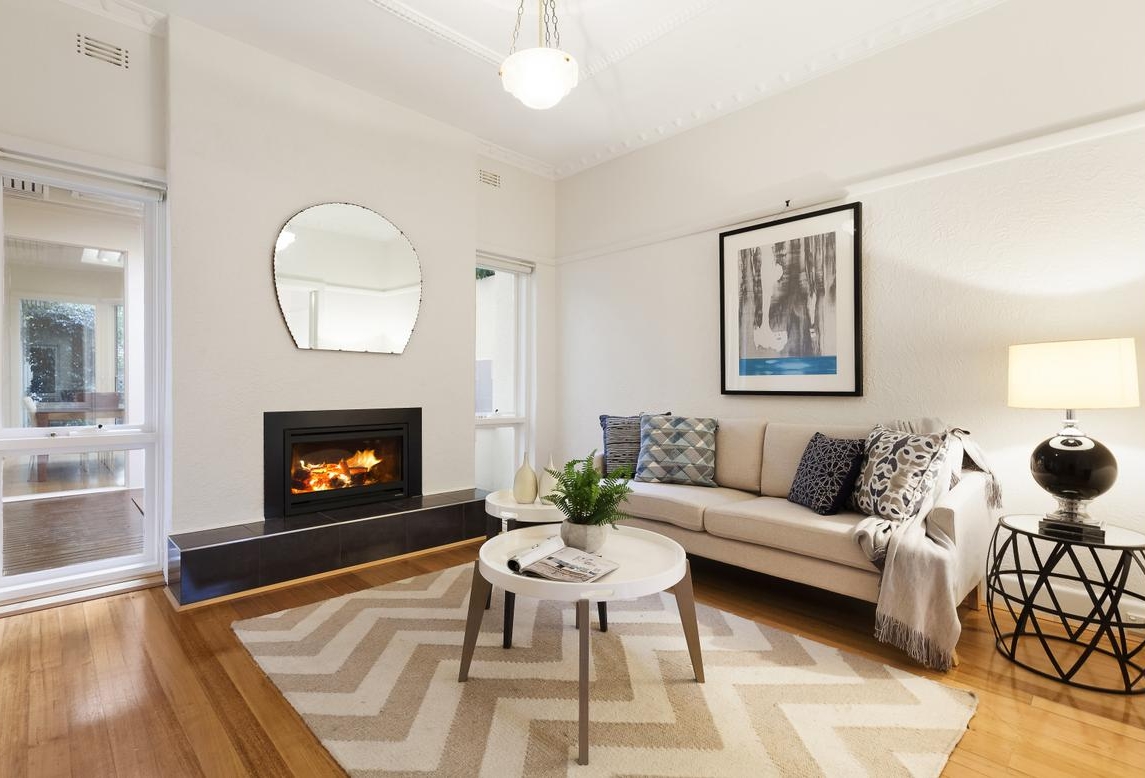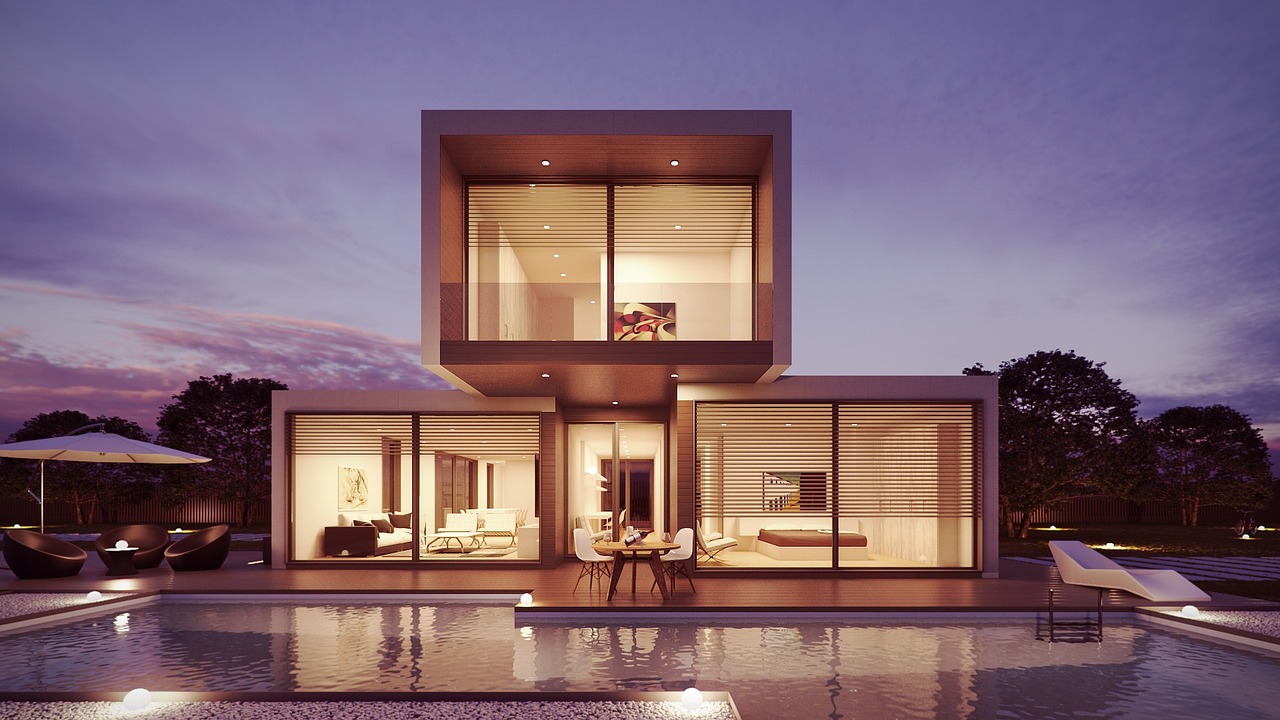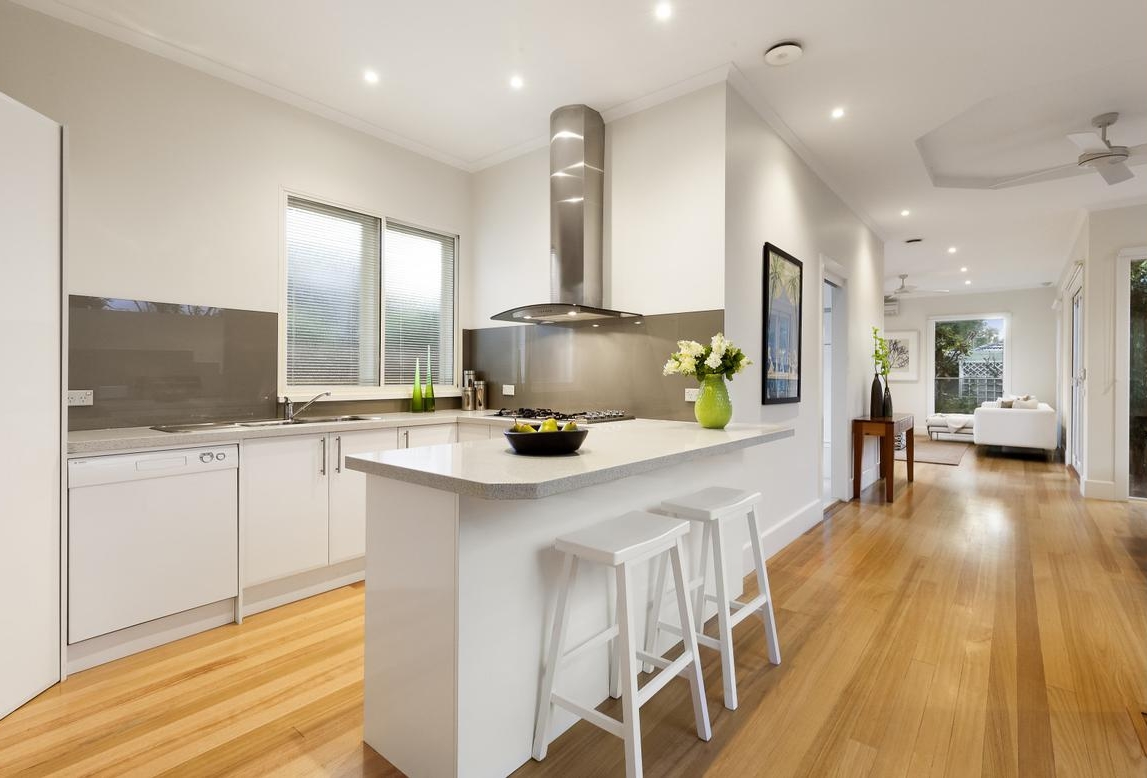FREE QUOTE IN 24 HOURS:
Evaporative cooling is a ducted cooling system placed on top of your roof. Ducts that are connected to the rooms in your house receive cold air that travels through these ducts. In Melbourne, evaporative cooling is the most popular form of air conditioning because of its cost-efficiency. Evaporative cooling also gives you a lot of freedom and control in terms of your home's temperature and humidity levels.
Residents of Melbourne gravitate toward this type of unit because of our hot and dry climate. While that type of climate may be a challenge for other types of air conditioning units, evaporative cooling systems can work well in this environment.
Aspen Air is an air-conditioning solutions centre based in Melbourne. We boast over 30 years of experience installing both residential and commercial heating and cooling units. Whatever product you need, we are well equipped to take on any project.
Contact us today to install an evaporative cooling system on your property!
How Does Evaporative Cooling Work?
Evaporative cooling takes advantage of water’s natural cooling properties to lower a room’s temperature.
The ducted cooling unit that is placed on the roof of your home pulls in air from outside of your house and sends it to different rooms in your house. Inside of the roof unit are filter pads that cool down the air.
What’s interesting about evaporative cooling is that the hotter the air outside, the cooler the air you’ll receive.
How Evaporative Air Conditioning Differ from a Standard Air Conditioner?
An air conditioning unit is an appliance, usually shaped like a box, that takes hot air and cools it. It expels the hot air and only blows out the cool air. Inside of the unit is a condenser coil and an exhaust hose. The condenser coil is responsible for cooling the air and the exhaust hose is responsible for removing the hot air.
The cooled air will circulate throughout your home until it makes it way back to the unit and needs to be cooled off again. The unit will repeat this process until the room is at your chosen temperature or it is turned off.
These systems differ from evaporative cooling systems because they don’t just rely on air and water to cool down the air. For these reasons, evaporative coolers have a much simpler design with the same, if not better, capabilities.
Benefits of Evaporative Cooling
Evaporative air conditioning boasts many great benefits that make this choice a great option for every lifestyle. Here are some of the advantages of evaporative cooling and some reasons why you may want to consider it for your home:
· Superior performance.
· Energy-efficiency.
· Low running costs. Compared to a reverse cycle air conditioner, this technology can save you upwards of 80% on energy costs.
· Save water. The water that these units use is significantly less than you might think. They use 83% less than a shower.
· Pollution prevention. The air is filtered to prevent the spread of toxins and pollens, making it ideal for people who deal with allergies.
· Easy maintenance.
· Ideal for hotter temperatures.
· Non-Recirculated air. The air from these units is not recirculated, so simply opening a door or window will allow all of the air in your home to be refreshed.
· The units are very quiet.
· Naturally humidifying.The cooling process naturally humidifies the air, which prevents problems caused by dry air like itchy throat, skin, or eyes.
Things to Consider when selecting your Evaporative Cooling System
Size
In order to derive the maximum benefit from an evaporative cooler, you need to ensure that the unit is correctly sized for your unique space. If you choose a unit that is too small for the space that you want to cool, it will work harder than it needs to. This makes it less-cost efficient.
The CFM (cubic feet per minute) is the amount of air cycled through the space every minute. In order to find this number, you need to multiply the square footage of your space by the ceiling height. Then, multiply this number by two and divide the resulting number by 60. That number is your CFM, meaning the unit you choose must correspond with that number.
Types of Evaporative Coolers
There are four primary types of evaporative coolers:
Residential
Window-mounted
Outdoor
Industrial
Residential coolers are amazing for single living spaces. They usually come with casters so you can move your cooler should you want to.
Window-mounted coolers are ideal for people whose concerns lie in a particular room. These units come ready to install with all of the associated hardware, making them both accessible and efficient.
Industrial units are used for bigger spaces like warehouses or garages. Industrial coolers have higher outputs and can manage higher airflow.
Outdoor units do just what the name suggests. They are great for outdoor use in areas like restaurant decks, pavilions, camp sites, and more.
Evaporative Cooling Tips
Open Your Windows
It may seem counterintuitive to purposely leave your windows open while the air conditioning is running, but that’s actually how evaporative cooling systems work best. With standard units, you have to keep every access point in your home closed so that the cold air doesn’t escape.
With evaporative cooling, open access points such as doors and windows allow the warm air to escape whilst simultaneously being replaced with cooler air from the system. Having open windows also allows some of the humidified air to escape so it doesn’t begin to feel overly humid in your space. With these units, you have a lot of control. It’s up to you to decide what feels most comfortable.
Servicing, Repairs and Maintenance
Ideally your system should be serviced or maintained every 18-24 months. If you have an old system and you’d like us to check it for you then contact us today.
Call us now on 1300661861 for a free no obligation quote on a new system or repairs.
Click here to return to the general air conditioning installation page.
“Contacted Chris from Aspen Air, with a urgent repair to my evaporative unit at my rental property, we meet on site And decided the best result would be to replace the leaking, defective unit, he gave me a very competive quote, and the new unit was installed within the week. I meet the installers onsite, they quickly and efficiently replaced the Evap unit on my 2 storey unit, cleaned everything up, were friendly and easily answered any questions l asked. Very happy with the service and can throughly recomend Aspenair”



